-
Analysis of common failure causes of rubber wide-angle belts: preventive measures from breakage to slippage
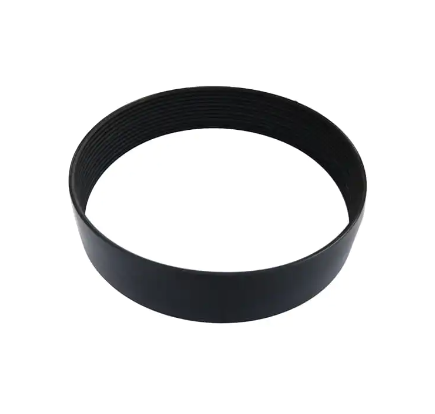
1. Failure forms and root causes of rubber wide-angle belts Belt body breakage Typical manifestations: Transverse/longitudinal tearing, serrated edges The belt core layer (polyester cord or steel cabl...
View More -
Low elongation + high tensile resistance: How to improve the efficiency of woodworking machinery with an annular rubber flat belt?
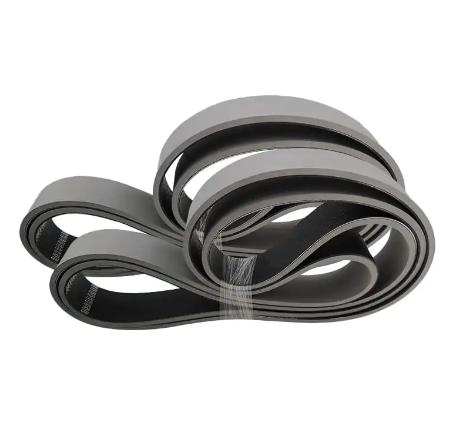
In the field of modern woodworking machinery manufacturing, the performance of the transmission system directly affects production efficiency and product quality. With its unique "low elongation + hig...
View More -
The secret of zero backlash: How do polyurethane synchronous belts meet the positioning requirements of precision machine tools?
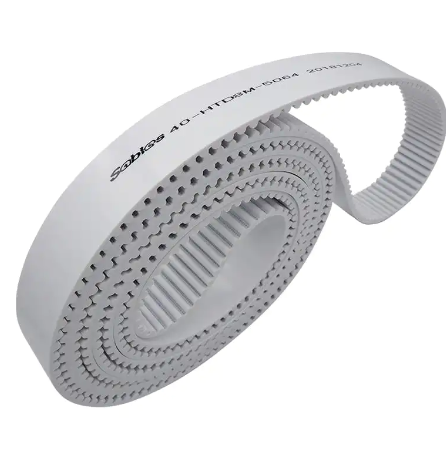
1. Technical principle of zero backlash transmission"Zero backlash" transmission is the core guarantee for precision machine tools to achieve micron-level positioning, and polyurethane synchronous bel...
View More -
What are the characteristics of rubber wide-angle belts compared with other types of V-belts?
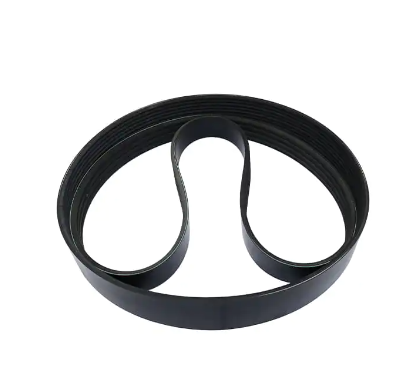
1. Structural design advantages The rubber wide-angle belt adopts a 60° angle design (normal V-belts are usually 40°), which increases the contact area between the belt body and the pulley groove wall...
View More -
What are the advantages of Coated Rubber Belt compared with other types of conveyor belts?

1. Durability and environmental adaptabilityCoated Rubber Belt has polyurethane, fluoropolymer or modified rubber coating added to its surface, which has a wear resistance more than 3 times higher tha...
View More -
How to judge whether the rubber synchronous belt needs to be replaced?
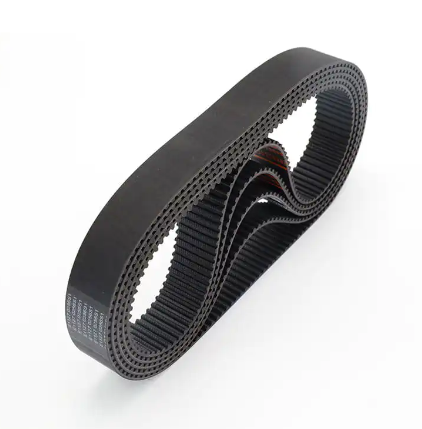
1. Visual inspection of tooth shape The tooth shape of the rubber synchronous belt is found to be worn-- Cracked tooth root: Longitudinal cracks appear at the root of the tooth and need to be replaced...
View More





